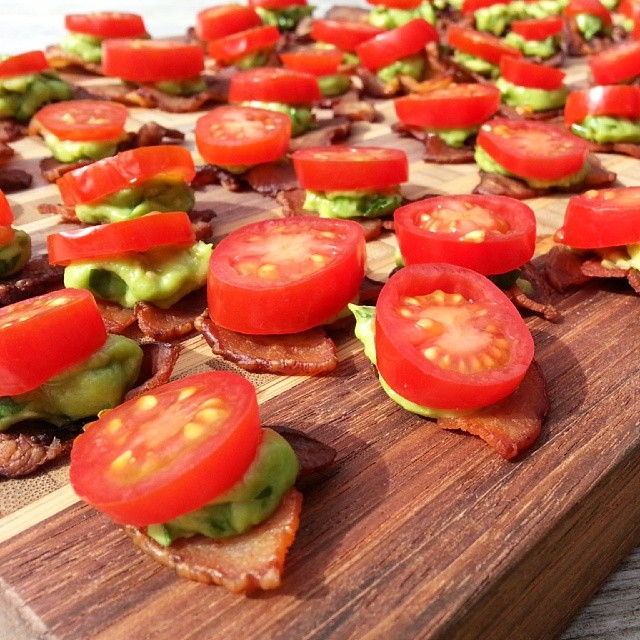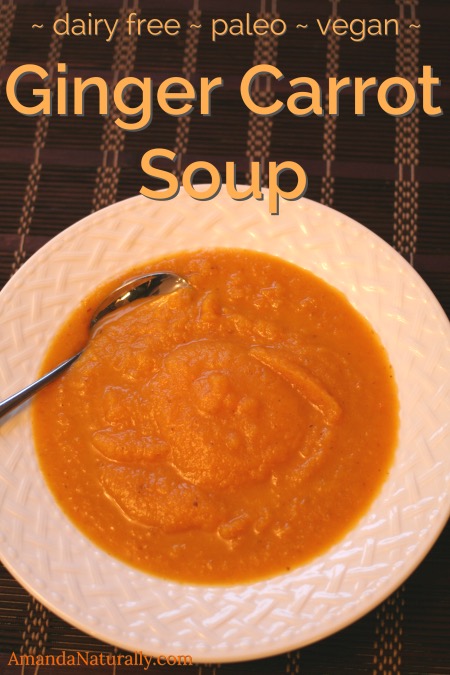 This past weekend we harvested all of the carrots from our garden. We were shocked to see how many there were! We only planted 1 row, but ended up with bowls and bowls of carrots. So in order to use them all while they’re fresh and most tasty, I quickly turned them into my favourite carrot soup. I quadrupled the recipe below and used my 2 largest pots, and still couldn’t get all of the carrots in! I froze most of the soup in both single serving and larger jars that contain 2-3 servings. I always try to make larger quantities of a freezable recipe, for those days when there are no leftovers for lunch, or when life gets crazy and there’s nothing for dinner!
This past weekend we harvested all of the carrots from our garden. We were shocked to see how many there were! We only planted 1 row, but ended up with bowls and bowls of carrots. So in order to use them all while they’re fresh and most tasty, I quickly turned them into my favourite carrot soup. I quadrupled the recipe below and used my 2 largest pots, and still couldn’t get all of the carrots in! I froze most of the soup in both single serving and larger jars that contain 2-3 servings. I always try to make larger quantities of a freezable recipe, for those days when there are no leftovers for lunch, or when life gets crazy and there’s nothing for dinner!
One of the reasons I love soup so much is it’s the easiest way to get in my favourite food ever – bone broth! For full details check out my original post – but to sum it up: homemade broth is pretty much good for everything. Bone broth contains nutrients that helps heal leaky gut, nourishes your joints, keeps your skin/hair/nails strong & healthy, helps heal any damage to & maintains pliability of your arteries…the list goes on. In short – it’s amazing and every single client we have has bone broth on their prescription sheet.
Another reason I love soup is it’s very easy to digest, so if there is any gut irritation, damage or illness, soup is a great way to get nutrients in easily. And you can jam it with way more veggies than any other meal – and again, they’re very easy to digest. Clients I have with major digestive illnesses (celiac, crohn’s, colitis, post-cancer etc.) that are experiencing a flare or are in an acute inflammatory situation, always get the recommendation to avoid raw veggies (which can act like steal wool on a tender gut) and focus on stews and soups. That way you get the nutrients in (in addition to gut-healing bone broth) and don’t add to the irritation!
Ok enough with the science & health (my fav thing) – onto the food (my other fav thing!). I hope you enjoy this recipe for Ginger Carrot Soup!
Notes:
VEGETARIAN/VEGAN OPTION: you can make a pescatarian bone broth with fish bones or shrimp shells, but you can’t make a vegetarian one. If you need a vegetarian broth and don’t want to buy a junk-filled one, use things like mushrooms and sea greens to take your broth to the next level (from a nutrient perspective!)
AIP: to make this suitable for the autoimmune protocol, omit cumin and coriander. Use ½ tbsp of turmeric instead. Add ½ cup fresh cilantro right before pureeing.
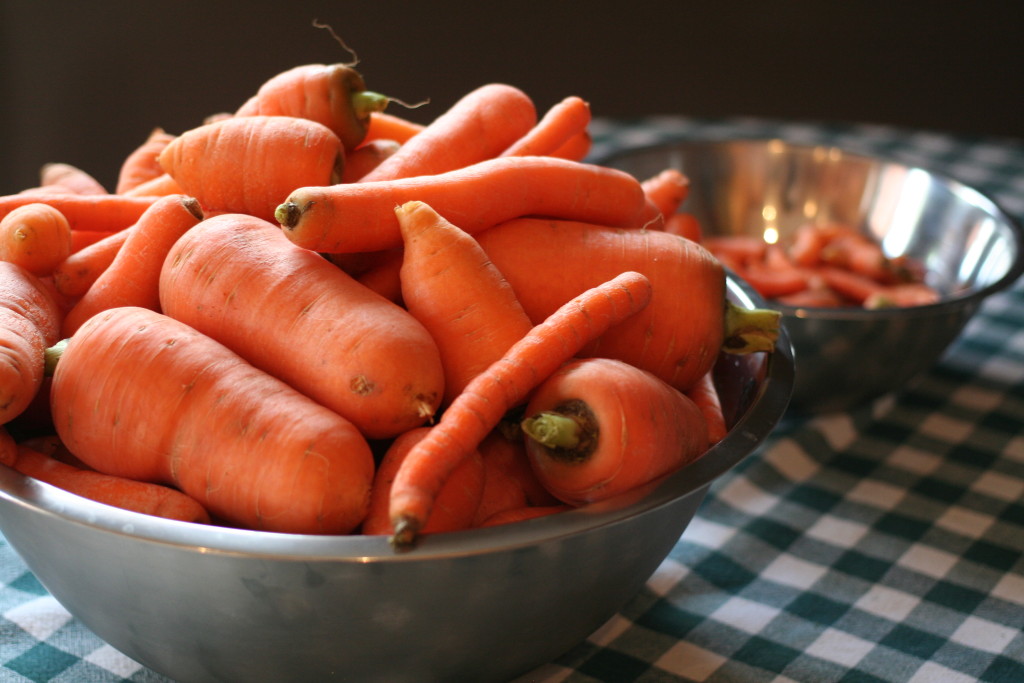
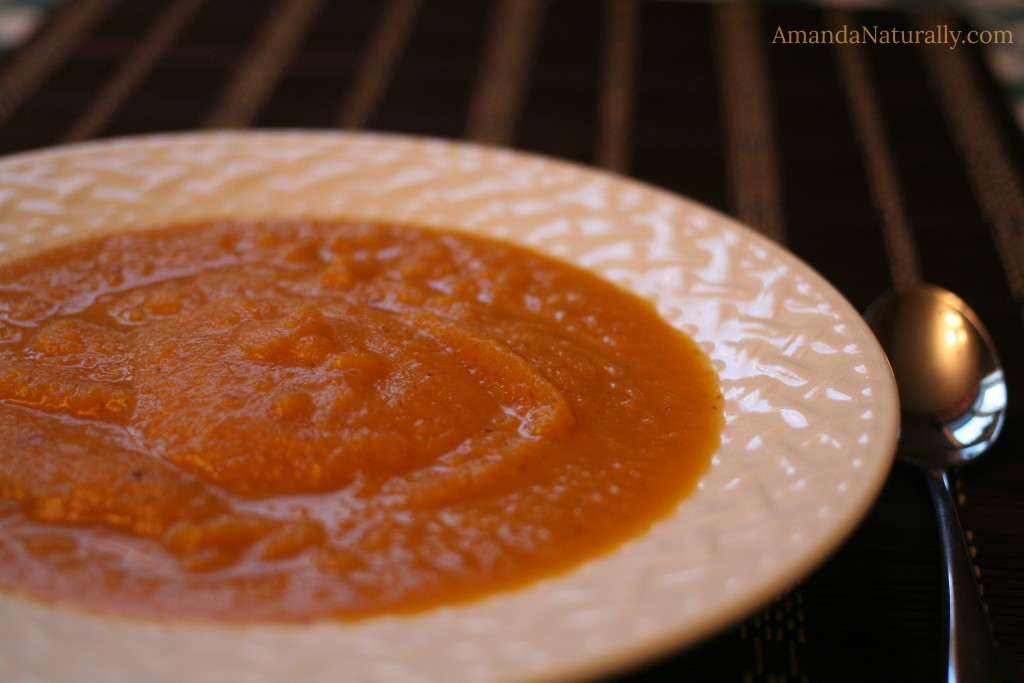
- 1 tbsp fat of choice (ghee, coconut oil, lard, olive oil)
- 1 cup onion, chopped
- 1 cup celery, chopped
- ½ tbsp cumin seeds
- ½ tbsp coriander seeds
- 4 cloves garlic, minced
- 2 tbsp ginger, minced
- 7 cups carrots, chopped
- 7 cups liquid (I usually do half broth, half water)
- 1 tsp sea salt
- 1 cup full-fat coconut milk or grassfed cream
- 1. In a large pot over medium heat, add fat and let heat for 15-20s.
- 2. Add in onions and celery, sauté for 10 minutes, stirring occasionally so they do not burn.
- 3. Meanwhile, in a small pan, toast cumin and coriander seeds. Simply cook over medium heat, tossing every few minutes until toasted - abut 5-7 minutes. Keep an eye on these, they burn quickly! Once toasted, grind in a spice or (dedicated) coffee grinder.
- 4. Once the onions and celery are tender, add in garlic, ginger and toasted/ground spices. Cook for 1 minute, stirring constantly.
- 5. Add in carrots, broth, water and sea salt. The carrots should be almost completely submerged, so add more liquid if you need to.
- 6. Bring to a boil and reduce a simmer. Cook for at least 30 minutes, ideally closer to an hour.
- 7. Using an immersion blender, puree soup and serve!
- 8. If using coconut milk or grassfed cream, stir in right before serving, just to heat through.
- To make vegetarian/vegan - use vegetable broth or homemade broth (ideally made with mushrooms and sea greens for added nutrition).
- You can use ground cumin/coriander as well, but it will be less flavourful.
- To make AIP - omit cumin and coriander. Use ½ tbsp of turmeric instead. Add ½ cup fresh cilantro right before blending.
- This recipe freezes well - simply fill glass jars almost all the way, leaving about 2 inches of room at the top so the jar doesn't explode. Let cool for an hour or 2 before putting in the freezer.

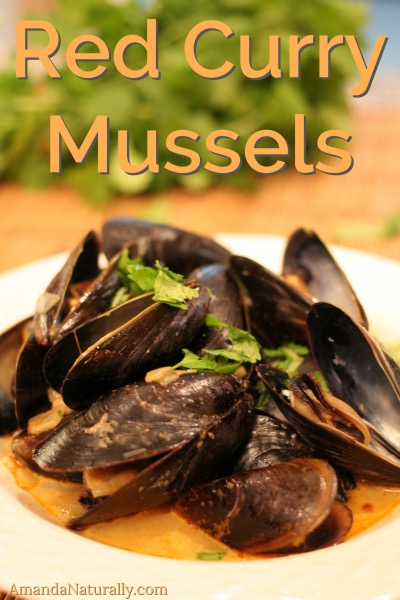 Mussels have been a restaurant go-to of mine for a long time now! Living with food allergies can be challenging when it comes to eating out – especially since so many people love Italian (read: wheat and cheese). However most of the time there’s a mussel dish on the menu, and usually it’s in a simple tomato or wine sauce (although my favourite is thai curry mussels – hence the recipe below!). Add a side salad, or a side of fries if you’re into that (who isn’t?!), and boom – a naturally grain & dairy free meal. Bonus is they’re usually on the appetizer section of the menu so end up being much more reasonably priced than the entrees!
Mussels have been a restaurant go-to of mine for a long time now! Living with food allergies can be challenging when it comes to eating out – especially since so many people love Italian (read: wheat and cheese). However most of the time there’s a mussel dish on the menu, and usually it’s in a simple tomato or wine sauce (although my favourite is thai curry mussels – hence the recipe below!). Add a side salad, or a side of fries if you’re into that (who isn’t?!), and boom – a naturally grain & dairy free meal. Bonus is they’re usually on the appetizer section of the menu so end up being much more reasonably priced than the entrees!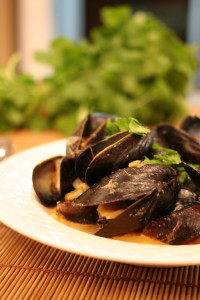 Ingredients
Ingredients




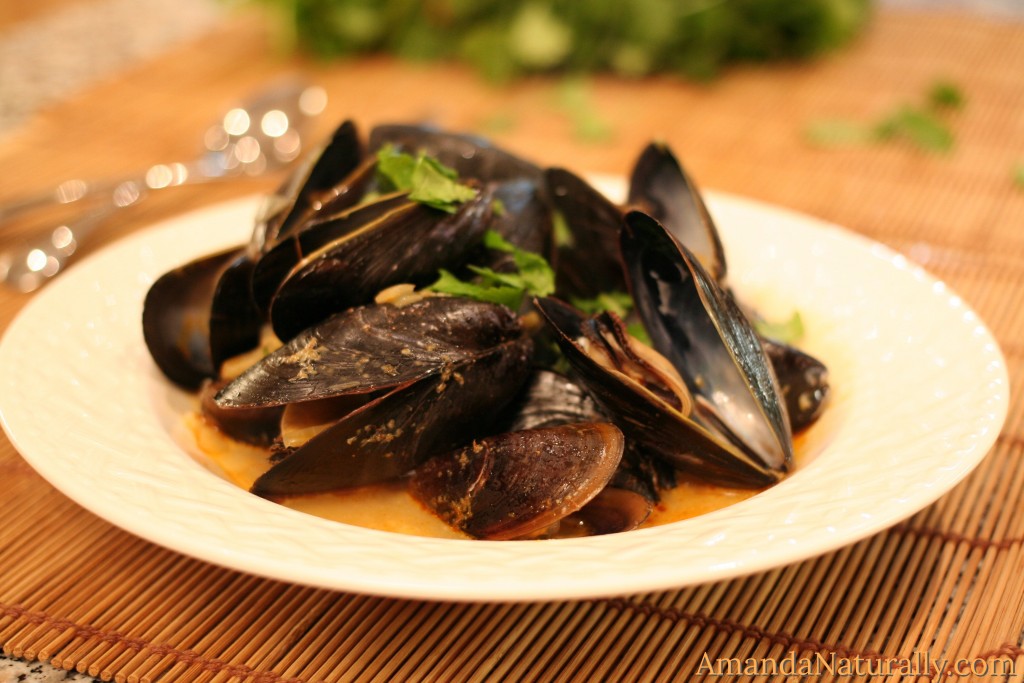
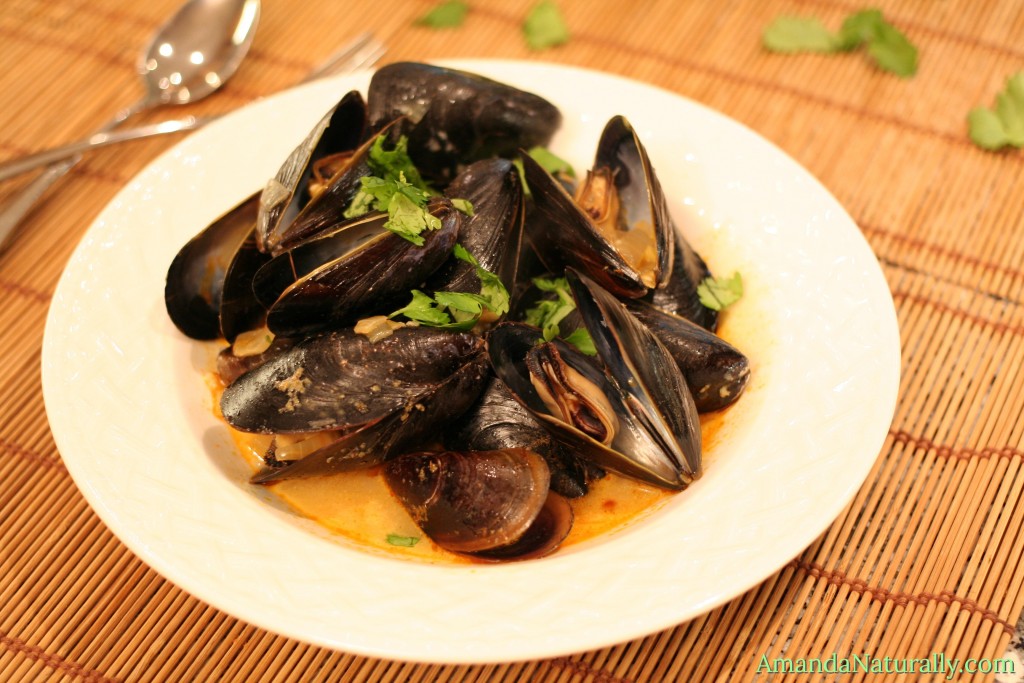
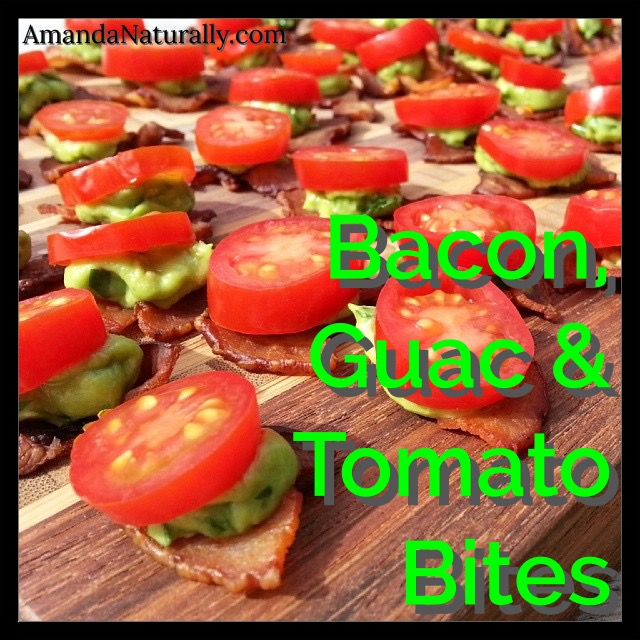 In honour of the ridiculous report released by the WHO earlier this week (saying that bacon and red meat are akin to cigarettes regarding cancer risk), I’ve decided to share a go-to appetizer in my house – Bacon, Guac & Tomato Bites! This doesn’t even really require a recipe per se, it’s more basic directions for the world’s best appetizer!
In honour of the ridiculous report released by the WHO earlier this week (saying that bacon and red meat are akin to cigarettes regarding cancer risk), I’ve decided to share a go-to appetizer in my house – Bacon, Guac & Tomato Bites! This doesn’t even really require a recipe per se, it’s more basic directions for the world’s best appetizer!